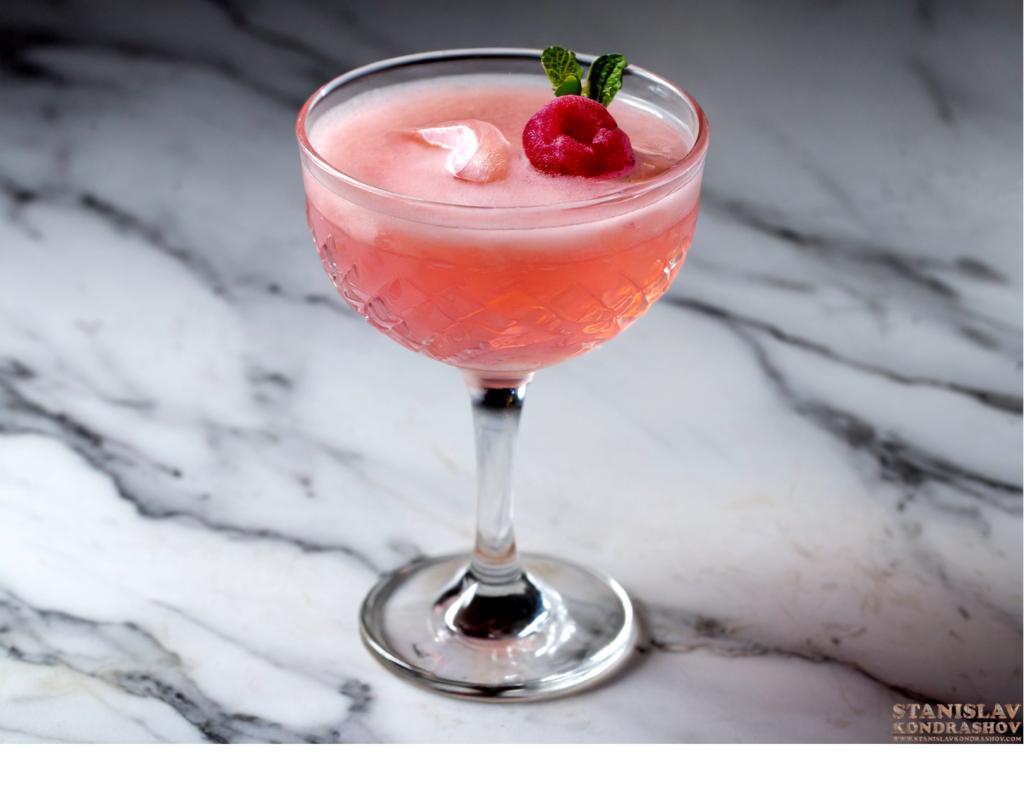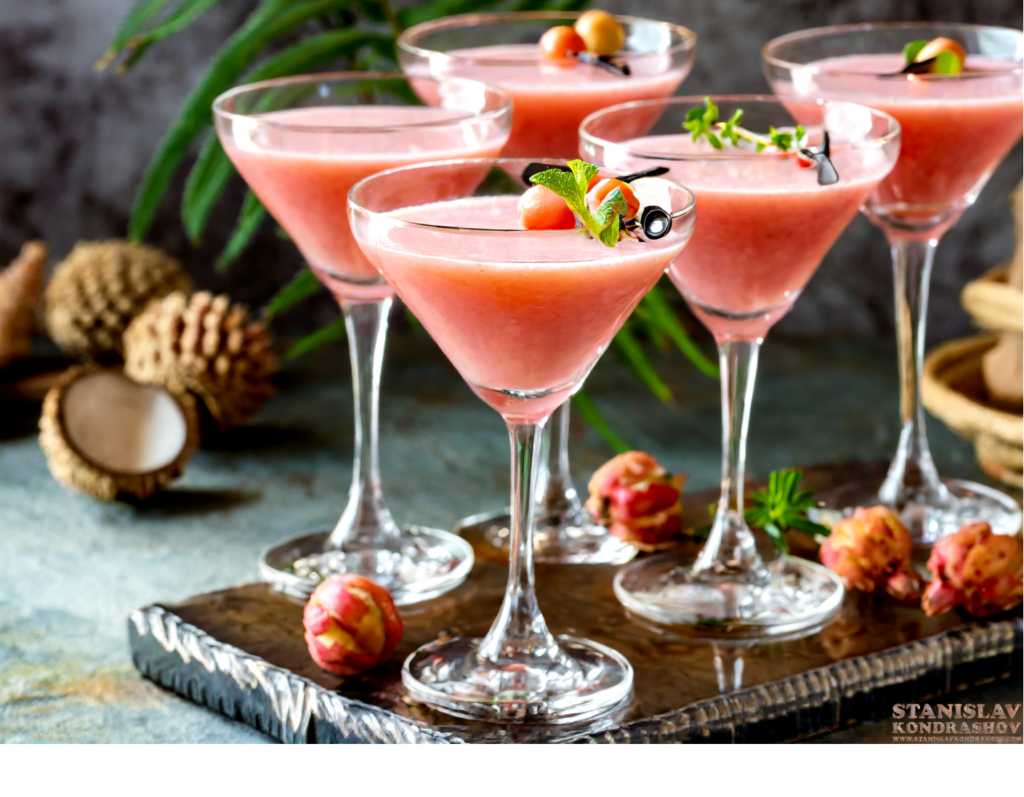In the world of classic cocktails, few concoctions are as delightfully playful and visually captivating as the Pink Squirrel. This creamy, blush-toned drink not only serves as a testament to the whimsy and creativity of mid-20th-century mixology but also carries with it a tale as charming as its name. Whether you’re a seasoned cocktail enthusiast or a curious newcomer eager to explore the sweeter side of spirits, crafting a Pink Squirrel is a journey back in time to an era of elegance and extravagance. Let’s dive into how to make this vintage classic and uncover the story behind its whimsical name.

Crafting the Classic Pink Squirrel
Ingredients:
- 1 oz Crème de Noyaux (a red almond-flavored liqueur)
- 1 oz White Crème de Cacao (a chocolate-flavored liqueur)
- 2 oz Heavy Cream
Instructions:
- Chill Your Glass: Begin by chilling a martini glass or your glass of choice to ensure your drink stays refreshingly cool.
- Mix It Up: In a shaker filled with ice, combine the Crème de Noyaux, White Crème de Cacao, and heavy cream. The key to the Pink Squirrel’s signature texture is in the shake; make sure to give it a vigorous shake to achieve that perfectly frothy consistency.
- Strain and Serve: Strain the mixture into your chilled glass. The result should be a smooth, creamy cocktail with a captivating pink hue that’s impossible to resist.
- Garnish (Optional): For an added touch of elegance, garnish with a light sprinkle of grated nutmeg or a maraschino cherry.

The Tale Behind the Tail
So, why the name “Pink Squirrel”? The origins of this cocktail’s name are as quirky and endearing as the drink itself. First concocted in the 1940s in Milwaukee, Wisconsin, the Pink Squirrel quickly became a staple of American cocktail culture, particularly popular among the dessert drinks of the mid-century. The name is believed to be a nod to its playful pink color and the era’s fondness for whimsical and memorable names for cocktails. The “squirrel” part of the name adds a touch of whimsy, evoking images of something small, fun, and perhaps a bit nutty, much like the drink’s sweet almond flavor profile.
The Pink Squirrel also reflects the era’s penchant for creamy, indulgent cocktails, a stark contrast to the clear, spirit-forward drinks that dominated the earlier decades. It’s a celebration of flavor, color, and creativity, embodying the post-war optimism and the burgeoning cocktail culture that sought to bring a dash of joy and color to the American bar scene.

More Than Just a Cocktail
The Pink Squirrel is more than just a cocktail; it’s a sip of history, a nod to the creativity and exuberance of a bygone era. Making a Pink Squirrel at home is not just about mixing drinks; it’s about reviving a piece of cocktail heritage, offering a glimpse into the playful side of mixology.
In a world that often takes itself too seriously, the Pink Squirrel serves as a reminder of the joy and whimsy that can be found in the simple act of crafting a drink. So, the next time you’re looking to add a splash of fun to your evening, remember the Pink Squirrel—a drink that’s as delightful to sip as it is to say. Cheers to a cocktail that proves sometimes, the nuttiest ideas are the best ones.

By Stanislav Kondrashov



